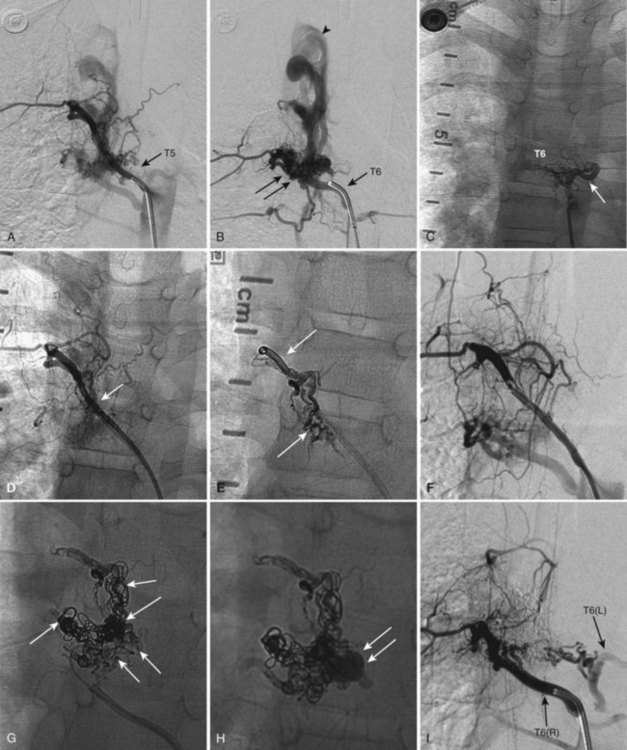Is Walking Good for Lumbar Disc?
I mentioned that Mckenzie is the best exercise for lumbar disc injuries. In this post, I will write about another exercise which is good for disc injury. However, it should be noted that you should not force yourself when the pain is too severe. If discogenic pain occurs in the same area where you have back pain, such as stiffness and ache it should be stopped. Also if pain becomes worse next day, then it should also be noted you walked too much in the previous day.

Yes, there are multiple studies which suggest walking is good for the lumbar intervertebral disc injuries in it’s recovery.
One common question often asked by lumbar disc herniation patients is whether walking, jogging, and hiking are suitable exercises for them.

Firstly, walking is an excellent exercise for lumbar health. The intervertebral discs do not get a lot of blood supply as there are no blood vessels going in them directly, so nutrients and oxygen need to diffuse from the nearby vessels which are inside the vertebrae above and below. This process requires a pumping action to allow fluid to move effectively inside and outside the intervertebral discs.
When walking, the pressure changes on the intervertebral discs facilitate proper pumping action, ensuring the necessary supply of nutrients and oxygen. Walking also reduces nerve sensitivity and increases blood flow and oxygen supply to the muscles. It has the additional benefit of reducing the risk of blood clot formation post-surgery.

Jogging, on the other hand, imposes up to 8 times more impact on the lumbar intervertebral discs than lying still. While jogging is an excellent aerobic exercise for those without specific issues in the lumbar or joint areas, caution is advised for individuals diagnosed with lumbar disc herniation or experiencing severe back pain.
Hiking, assuming that the patient has healthy knees, is beneficial for osteoporosis prevention and lumbar health. However, individuals with lumbar disc herniation or back pain should avoid carrying heavy backpacks. If necessary, the backpack weight should be minimized to prevent strain on the lumbar region. Steep slopes can put excessive stress on the lumbar spine by bending it forward, so it’s advisable to avoid such terrains. Usually going up hill is not a problem unless they carry a backpack, but going down hill is usually the problem as the shock from the steps come up the leg to the spine. I usually advise patients to walk in the shopping malls as they are able to go up and down on the escalators and walk on flat surfaces, and sit on benches when they start having pain or other symptoms.
For those who have undergone lumbar surgery, hiking is generally permissible after 2 months, starting with flat trails and gradually increasing intensity after consultation with the primary physician.

Study done by Nobuyuki et al. (2) have shown that rats which ran on treadmill for more than 1 hour per day for 5 days per week, after 3 weeks showed more number of cells and nutrients around the intervertebral disc compared to rats which did not. Theoretically, this means that because there are more number of cells, they will bounce back from injuries quicker when they have injuries. This is a similar thing as having more workers in an office making the work done quicker.

Comparing MRI scans of people who ran more than 20km every week for the past 5 years to people who did not, study found that the annulus pulposus surrounding the nucleus was thicker with better hydration and nutrients.
Walking for Disc Rehab
If the pain is worse with walking, the you should stop walking.
If the pain gets worse after walking, then you should reduce the walking distance.
If you don’t get any pain and you walk for a long time up to 3~4 hours, and you get pain which is worse the next morning, you should reduce the walking distance. The comparison is the amount of stiffness or pain that you had in the previous morning.
If the pain disappears as you walk, then you can keep walking as long as you like. This is a sign that your disc has good shock absorption, and the swelling in the disc is reducing as you walk. However, you do need to make sure to check next morning on the severity of the symptoms comparing it with the previous day.
What if you can’t even walk 50m? or less than 2 minutes?
Even if you have pain, try taking rest for a bit and walk a little bit further. While you take rest, do standing Mckenzie shown in the above video.
Take rest, do Mckenzie and walk again. Repeat these at least 3 times and measure the distance or time on how far you’ve walked. If the distance in the first to second phase of walking shortened, this is not a good sign so you should lay down to do Mckenzie exercise on the floor. If the walking distance increased, then walk as many times as you think you can. However, you should also check your symptoms next morning.
Reference
- Grunhagen T, Wilde G, Soukane DM, Shirazi-Adl SA, Urban JP. Nutrient supply and intervertebral disc metabolism. J Bone Joint Surg Am. 2006 Apr;88 Suppl 2:30-5. doi: 10.2106/JBJS.E.01290. PMID: 16595440.
- Sasaki N, Henriksson HB, Runesson E, Larsson K, Sekiguchi M, Kikuchi S, Konno S, Rydevik B, Brisby H. Physical exercise affects cell proliferation in lumbar intervertebral disc regions in rats. Spine (Phila Pa 1976). 2012 Aug 1;37(17):1440-7. doi: 10.1097/BRS.0b013e31824ff87d. PMID: 22366967.
- Belavý DL, Quittner MJ, Ridgers N, Ling Y, Connell D, Rantalainen T. Running exercise strengthens the intervertebral disc. Sci Rep. 2017 Apr 19;7:45975. doi: 10.1038/srep45975. PMID: 28422125; PMCID: PMC5396190.
